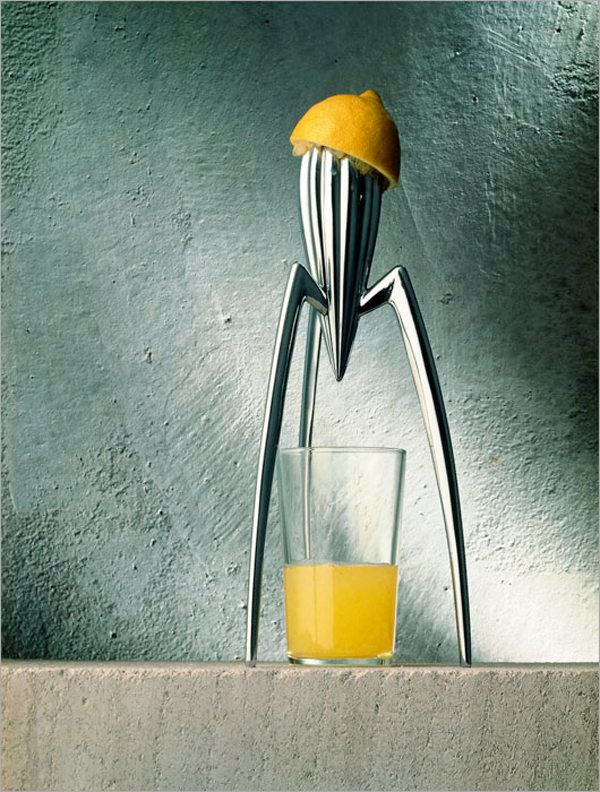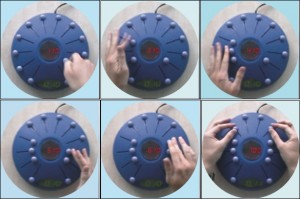Final Project: (deadline: 6/16, 2021)
1. 2~3 人一組
2. 主題: 以體感動作為主的實體聲音互動裝置
3. DF player 部分,喇叭單體,請先預留硬體空間,期末展示可以用藍芽喇叭配合控制 (Wizard of Oz 展示法)
Google meet 期末發表:
1. 每組準備五分鐘 pptx (或 keynote) 演講。內容包含: 作品名稱,組員,概念,作品設計,情境,動作分析,功能,隱喻,過程中之草圖,完成支機構圖 (爆炸圖),產品情境圖,操作動作圖示,示範影片(一分鐘以內)。 (不限於以上項目)
2. 現場線上問答 (三分鐘)
























